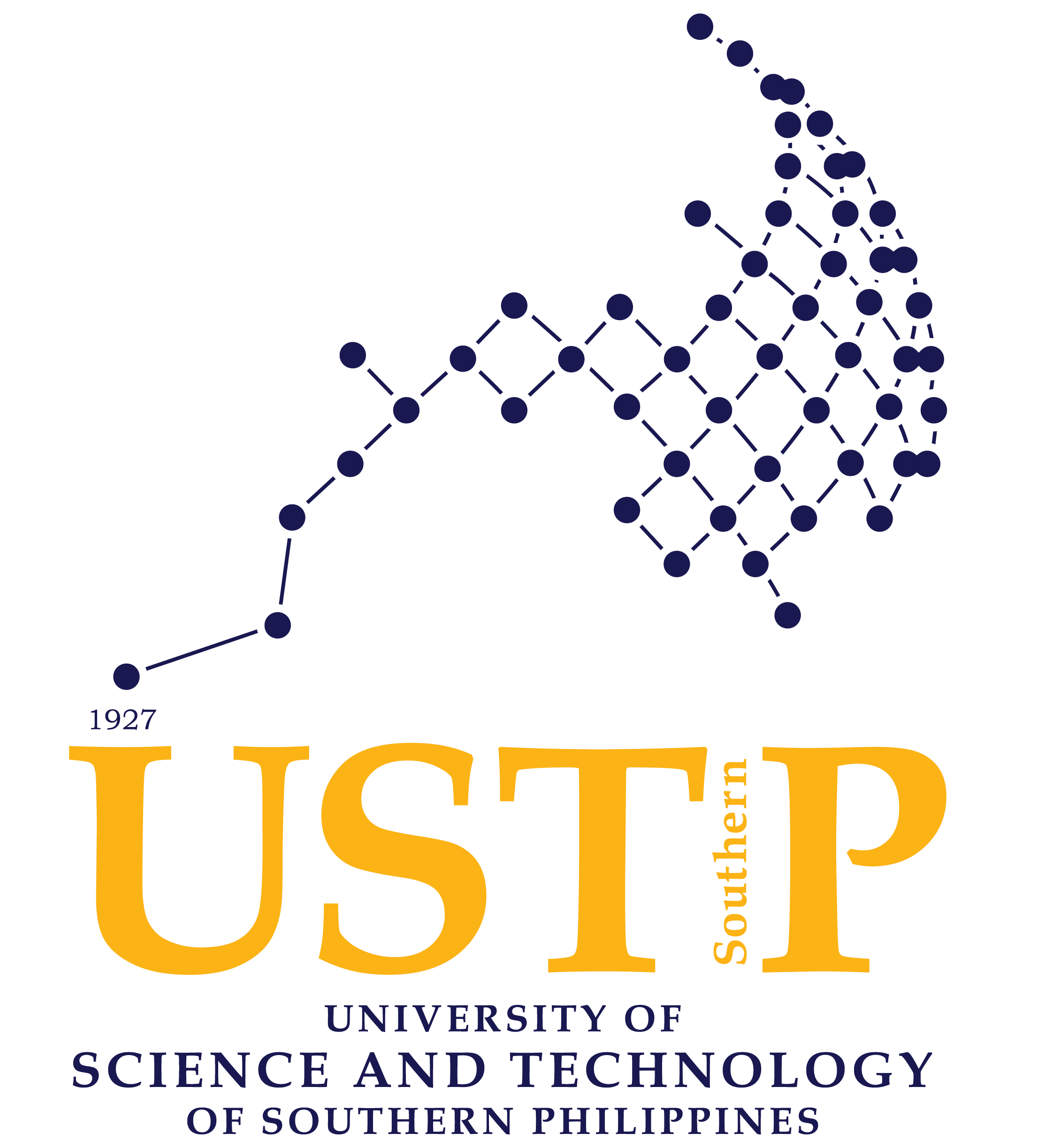USTP Research innovates for Food Waste Management
By Lea May N. Caburatan, USTP System STRATCOMM
Share:
Each Filipino produces an average of 3.29 kg per year of food waste (FNRI-DOST, 2008). Despite the efforts of the government to prevent food waste, it has been projected that the increase will be exponential.
This premise has led the team of Engr. Rodesita S. Estenzo, Engr. Mary Ann E. Telen and Engr. Aileen A. Sieras to tackle the challenge of food waste management through a technological solution called FastBin. The Research Office of the University of Science and Technology of Southern Philippines in Cagayan de Oro (USTP CDO), through the leadership of its director Dr. Ismael N. Talili, facilitated the presentation of the team’s research output on April 5, 2024, at the Cafeteria Function Room, USTP CDO.
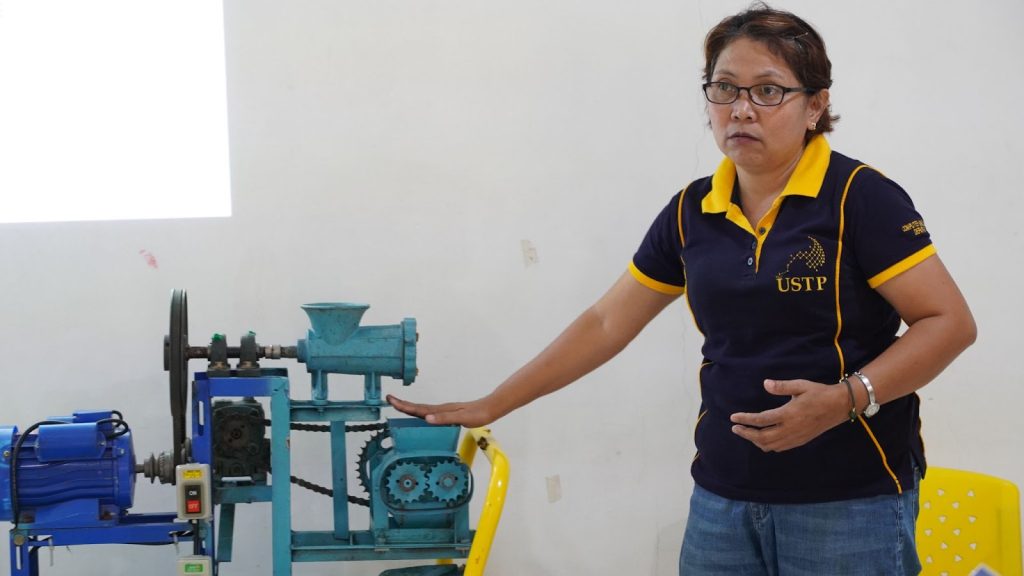
Engr. Aileen A. Sieras with the FastBin
The FastBin is a decomposition bin-controlled system for turning food waste into humus in a shorter timeframe. Humus is a nutrient-rich organic material and valuable soil amendment known to benefit plant nutrient supply. This innovative system aims to convert food waste generated on campus into nutrient-rich humus, a valuable soil amendment. By applying for institutional research funding, the team hopes to address a growing societal concern and develop a model that can be replicated for broader industry use.
Features of the FastBin
The FastBin accelerates the decomposition of food waste by using a grinder mechanism, a roller mechanism, and a heating element. The grinder mechanism breaks down the waste into smaller pieces. The roller applies pressure to the ground food waste to expel the liquid. The process waste will then be subjected to heat, hastening the decomposition process. The composted material is collected and stored. Compared to conventional decomposition methods, the FastBin design has proven effective in accelerating the decomposition of food waste into humus within 3-5 days. This is an eight (8) shorter timeframe than the natural process.
With the microcontroller in place, moisture and temperature are monitored consistently and reliably, both of which are important parameters in decomposition. The operation is stable, tracking the parameter settings and providing precise data for monitoring the conditions.
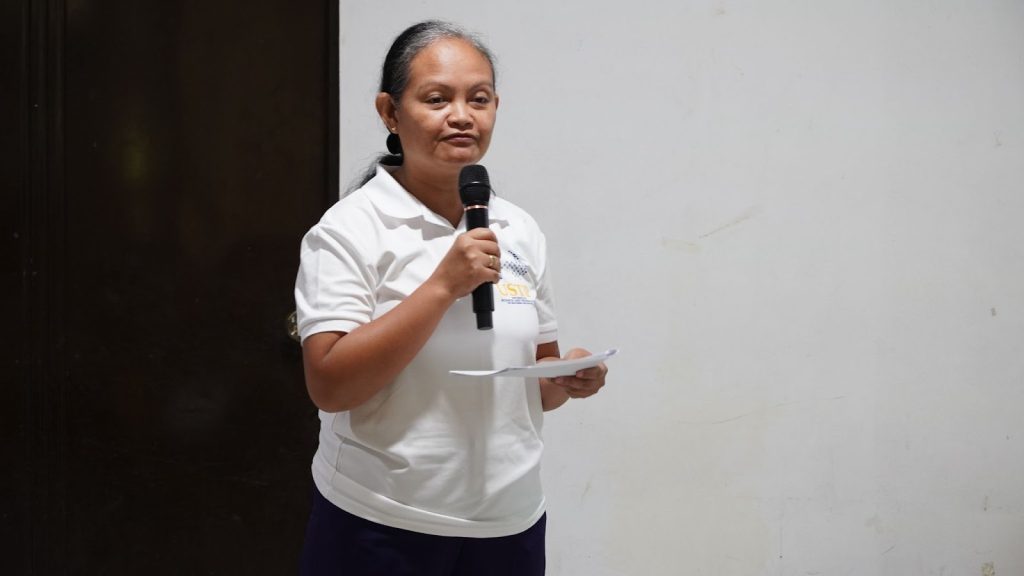
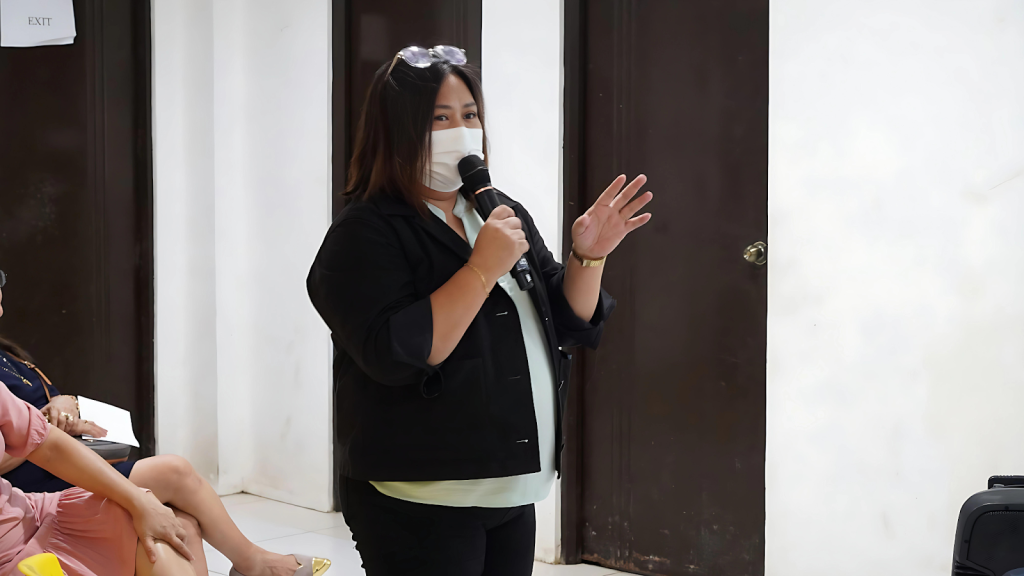
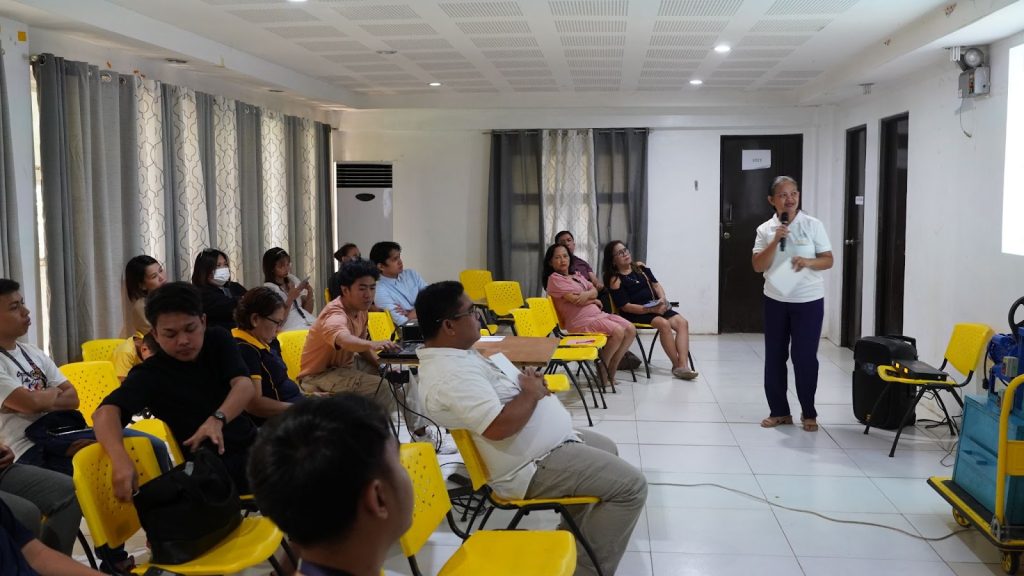
Engr. Rodesita S. Estenzo (upper left) and Engr. Mary Ann E. Telen (lower left)
Future Developments
While the initial presentation was well-received, the stakeholders also identified some areas for further development. The research team is addressing these gaps, such as potentially incorporating odor control mechanisms and conducting a more in-depth cost-benefit analysis. Other points to consider include:
- Scalability: Ensuring the “Fast Bin” system can function efficiently at a university-wide scale and in industries that would adopt the technology;
- Cost-effectiveness: Optimizing the system’s design by consulting mechanical engineers to make the operation “industrial grade” and further minimize long-term costs;
- Nutrient analysis: Analyzing the nitrogen, potassium, and phosphorus content in the humus and identifying toxic levels found in the liquid waste from the operation; and
- Issue on segregation: Addressing the challenge of having unsegregated food waste from source.
The team will refine their proposal based on the valuable feedback received. They will have the opportunity to present the improved research project at a future date.
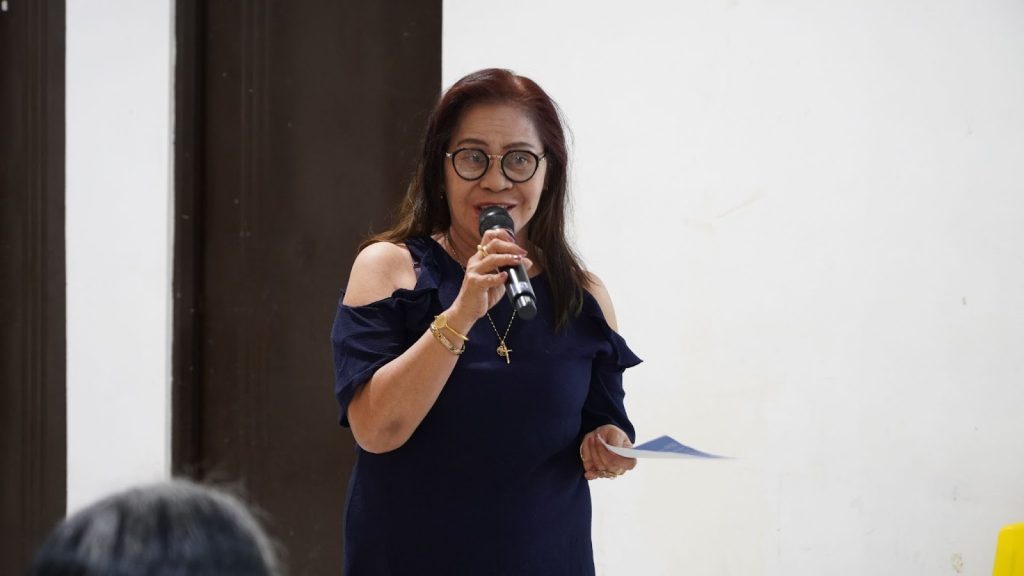
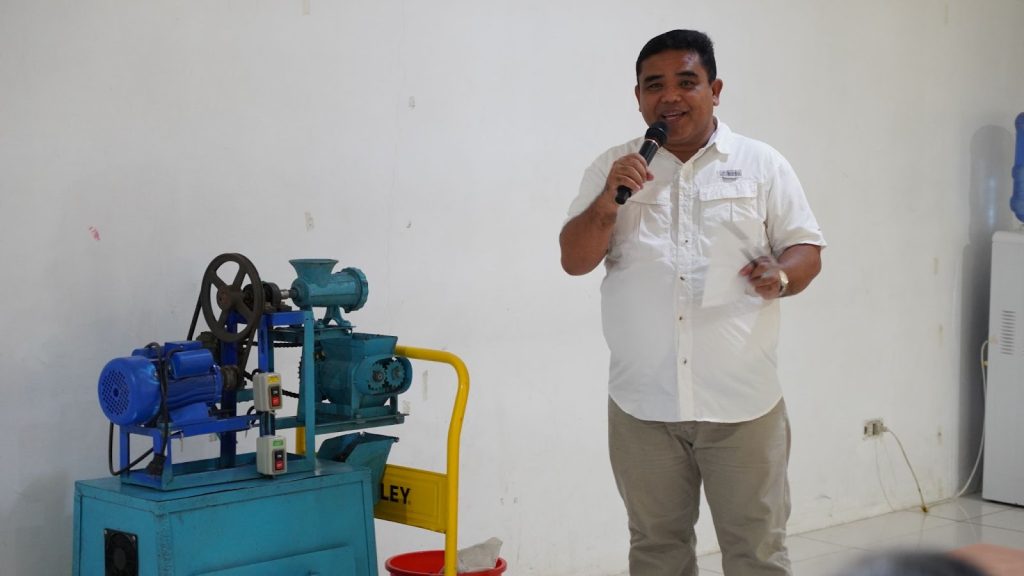
Dr. Oliva P. Canencia (left) and Engr. Alex L. Maureal (right)
Engr. Alex L. Maureal, Vice Chancellor for Research and Innovation of USTP CDO, and Dr. Olivia P. Canencia, Chairperson of the Board of Directors of the Faculty, Alumni, Students, Personnel Consumers Cooperative (FASPeCC), and select students attended the presentation.
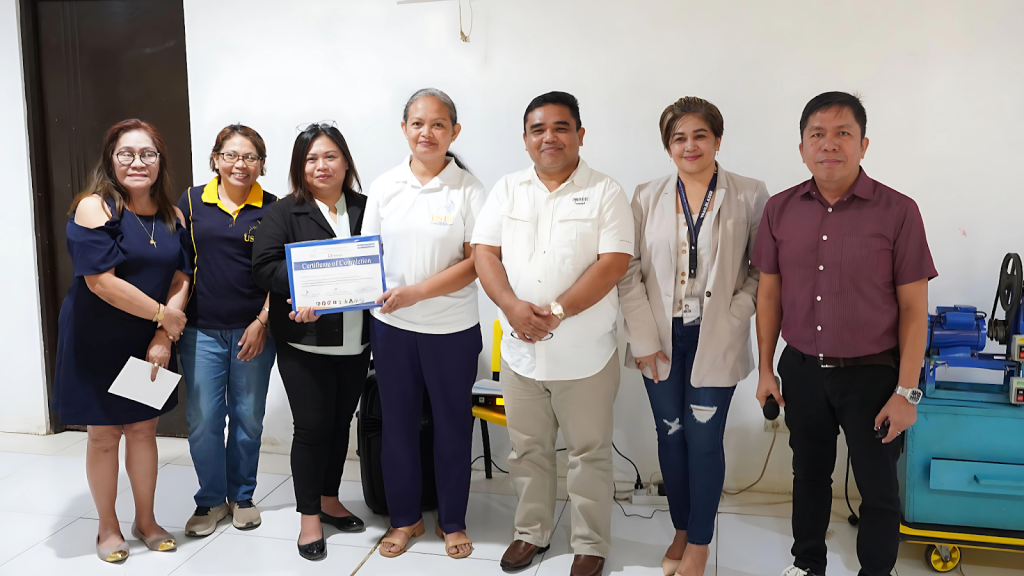
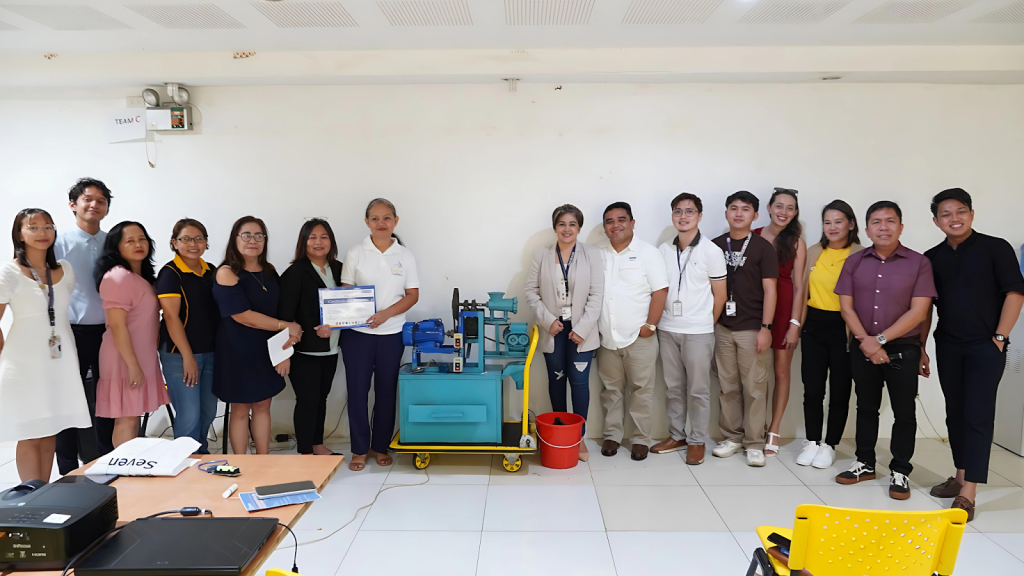
The USTP CDO Research Office continues to support this innovative research project and looks forward to its potential contribution to a more sustainable environment and a potential industry-wide solution for food waste management.
